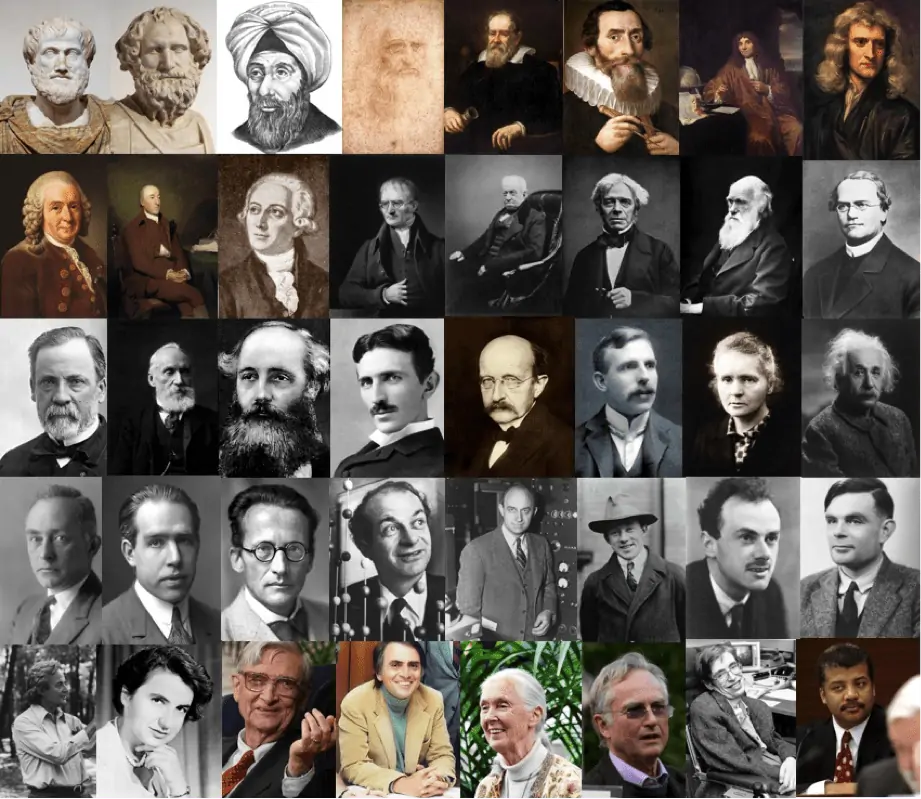Stamp: Old Building of the Moscow University on Mokhovaya Street (Soviet Union, USSR 1955)
Old Building of the Moscow University on Mokhovaya Street (Soviet Union, USSR 1955)
09 June (Soviet Union, USSR ) within release Bicentenary of Lomonosov Moscow State University goes into circulation Stamp Old Building of the Moscow University on Mokhovaya Street face value 40 Russian kopek
| Stamp Old Building of the Moscow University on Mokhovaya Street in catalogues | |
|---|---|
| Michel: | Mi: SU 1780AF |
Stamp is horizontal format.
Red color is absent!Also in the issue Bicentenary of Lomonosov Moscow State University:
- Stamp - Old building of the Moscow University on Mokhovaya street face value 40;
- Stamp - New Building of the Moscow University on Lenin Hills face value 1;
- Stamp - Old Building of the Moscow University on Mokhovaya Street face value 40;
Stamp Old Building of the Moscow University on Mokhovaya Street it reflects the thematic directions:
An anniversary is the date on which an event took place or an institution was founded in a previous year, and may also refer to the commemoration or celebration of that event. For example, the first event is the initial occurrence or, if planned, the inaugural of the event. One year later would be the first anniversary of that event. The word was first used for Catholic feasts to commemorate saints. Most countries celebrate national anniversaries, typically called national days. These could be the date of independence of the nation or the adoption of a new constitution or form of government. The important dates in a sitting monarch's reign may also be commemorated, an event often referred to as a "Jubilee".
Architecture (Latin architectura, from the Greek ἀρχιτέκτων arkhitekton "architect", from ἀρχι- "chief" and τέκτων "builder") is both the process and the product of planning, designing, and constructing buildings and other physical structures. Architectural works, in the material form of buildings, are often perceived as cultural symbols and as works of art. Historical civilizations are often identified with their surviving architectural achievements.
A building or edifice is a structure with a roof and walls standing more or less permanently in one place, such as a house or factory. Buildings come in a variety of sizes, shapes and functions, and have been adapted throughout history for a wide number of factors, from building materials available, to weather conditions, to land prices, ground conditions, specific uses and aesthetic reasons. Buildings serve several needs of society – primarily as shelter from weather, security, living space, privacy, to store belongings, and to comfortably live and work. A building as a shelter represents a physical division of the human habitat (a place of comfort and safety) and the outside (a place that at times may be harsh and harmful).
Famous People refers to the fame and public attention accorded by the mass media to individuals or groups or, occasionally, animals, but is usually applied to the persons or groups of people (celebrity couples, families, etc.) themselves who receive such a status of fame and attention. Celebrity status is often associated with wealth (commonly referred to as fame and fortune), while fame often provides opportunities to make money.
A scientist is a person who researches to advance knowledge in an area of the natural sciences
A university (from Latin universitas 'a whole') is an institution of higher (or tertiary) education and research which awards academic degrees in several academic disciplines. University is derived from the Latin phrase universitas magistrorum et scholarium, which roughly means "community of teachers and scholars". Universities typically offer both undergraduate and postgraduate programs.






